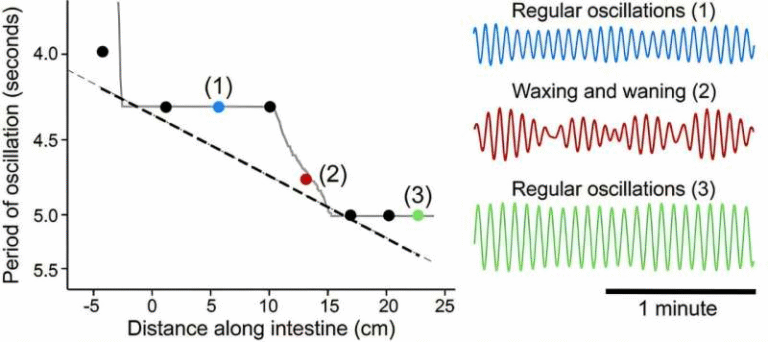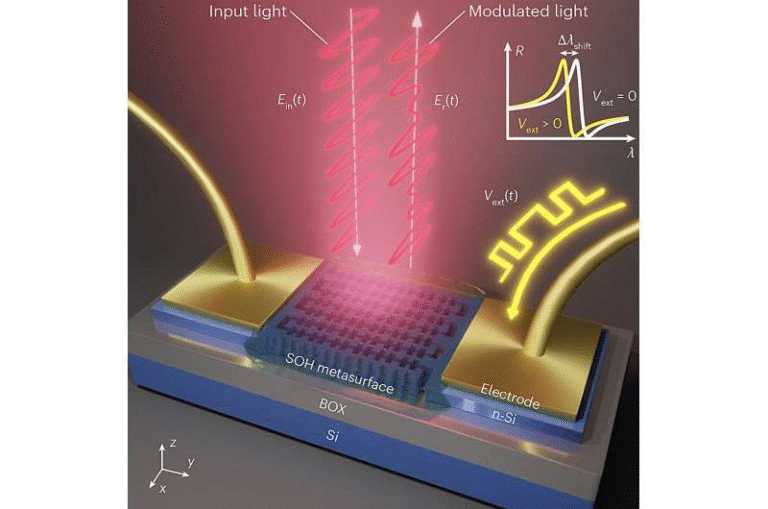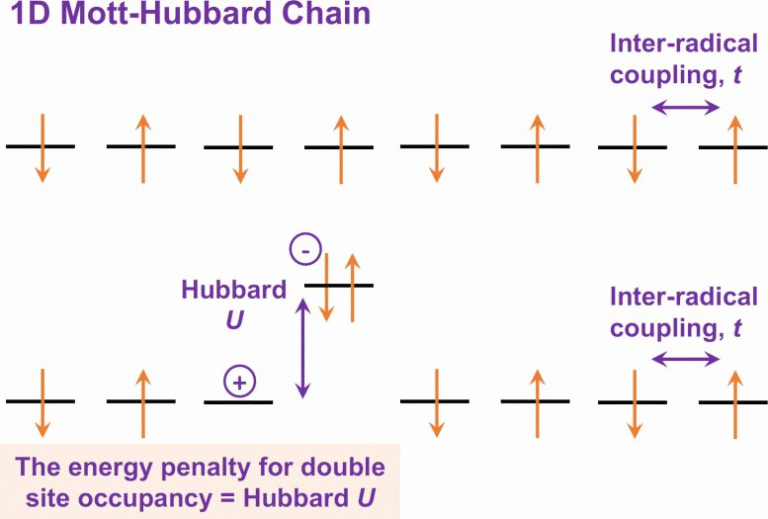Scientists Detect Giant Anomalous Hall Effect in a Nonmagnetic Material

For the first time, researchers in Japan have detected a giant anomalous Hall effect (AHE) in a material that is not magnetic, a result that challenges over a century of assumptions in condensed matter physics. The study, led by a team at the Institute of Science Tokyo and published in Physical Review Letters on September 2, 2025, demonstrates this phenomenon in the Dirac semimetal Cd₃As₂.
Background on the Hall Effect
The Hall effect has been a cornerstone of physics since its discovery in 1879 by Edwin Hall. In this effect, an electric current passing through a conductor placed in a magnetic field generates a transverse voltage across the material. A variant of this, the anomalous Hall effect (AHE), was later observed in magnetic materials. While the standard Hall effect is well understood, the anomalous version has puzzled researchers for decades. Theories suggested it might also appear in nonmagnetic systems, but until now, there had been no experimental proof.
The Breakthrough Discovery
The Japanese research team achieved this breakthrough by working with high-quality thin films of Cd₃As₂, grown using molecular beam epitaxy (MBE). Cd₃As₂ is a Dirac semimetal, a material with unique electronic properties where electrons behave as if they have no mass. Under an external magnetic field, the Dirac points in the band structure can split into Weyl points, leading to unusual electron behavior.

In their experiments, the team applied an in-plane magnetic field to the Cd₃As₂ films and carefully measured their Hall conductivity. By fine-tuning the material’s band structure, they managed to suppress the ordinary Hall effect and isolate the anomalous Hall effect. The result: a giant AHE signal in a system without intrinsic magnetism.
Source of the Effect: Orbital Magnetization
Traditionally, the AHE has been linked to electron spin in magnetic materials. However, this new study reveals that the effect in Cd₃As₂ originates from orbital magnetization—magnetization produced by the orbital motion of electrons rather than their spin. This is a significant shift in understanding, showing that AHE can occur in nonmagnetic systems when symmetry is broken by an external field.
The researchers also discovered that the effect exhibits a three-fold rotational symmetry when the in-plane magnetic field is rotated. This symmetry matches the (112) crystal plane of Cd₃As₂, confirming that the AHE is intrinsic to the material’s structure and not a result of ordinary Lorentz-force-driven processes. Interestingly, the magnitude of the effect increased in samples with very low electron density, pointing to a strong geometrical origin tied to Berry curvature in the band structure.
Why This Matters
This discovery reshapes the long-standing narrative around the anomalous Hall effect. It shows that the phenomenon is not restricted to magnetic systems and can instead emerge from orbital effects in nonmagnetic systems when time-reversal symmetry is broken.
From a practical standpoint, this breakthrough could open the door to next-generation electronic devices. For example, Hall sensors and other devices that rely on AHE might be built from nonmagnetic materials, making them potentially more efficient and capable of operating under a broader range of conditions.
Beyond applications, the findings are important for fundamental physics. They confirm that Berry curvature—the geometrical property of the electronic band structure—plays a central role in governing transport phenomena. This strengthens the link between topological properties of matter and observable electronic effects.
The Research Team and Support
The study was led by Associate Professor Masaki Uchida, along with colleagues Shinichi Nishihaya, Hiroaki Ishizuka, Yuki Deguchi, Ayano Nakamura, Tadashi Yoneda, Hsiang Lee, and Markus Kriener. The work was supported by multiple organizations, including the Japan Science and Technology Agency, the Japan Society for the Promotion of Science, the Ministry of Education, Culture, Sports, Science and Technology (MEXT), the Toyota Physical and Chemical Research Institute, the Murata Science Foundation, and the Iketani Science and Technology Foundation.
Looking Ahead
The researchers emphasize that their method is not limited to Cd₃As₂. The same approach—applying in-plane magnetic fields to suppress the ordinary Hall effect—could be extended to other materials. This means the work is likely to inspire new lines of research into Hall effects and other transport phenomena in nonmagnetic systems.
In summary, the detection of a giant anomalous Hall effect in a nonmagnetic Dirac semimetal represents a major milestone. It overturns long-standing assumptions, clarifies the role of orbital magnetization, and points toward exciting new applications in electronic devices.
TL;DR
Japanese researchers have observed a giant anomalous Hall effect in the nonmagnetic Dirac semimetal Cd₃As₂. The effect, driven by orbital magnetization instead of spin, overturns old theories and opens new paths for physics and future electronics.
Research paper: Anomalous Hall Effect in the Dirac Semimetal Cd₃As₂ Probed by In-Plane Magnetic Field (Physical Review Letters, September 2, 2025)





